What is Tourism?
 Tourism is travelling to different places around the world for pleasure. Some people get to stay there a while to live, and others see it more like a way to pass vacations or free time. Actually, people even practice toruism while traveling for business or other purposes.
Tourism is travelling to different places around the world for pleasure. Some people get to stay there a while to live, and others see it more like a way to pass vacations or free time. Actually, people even practice toruism while traveling for business or other purposes.Thanks to globalization, tourism is one of the most competitive and dynamic bussines that exist by now. Having people to want to travel around the world isn’t something you can control easily. If you want to be a great and intelligent tourist, here are some the tips and landmarks you can visit.
- A good planning with a book ticket for example, to check trips, restaurants, activities, hotels, etc. You don't want to go to a country and have no idea of what to do.
- Obviously, make sure to have a Passport or visa. If you don't have them and are planning to go out on vacations, seriously, what are you doing with your life?
- Don't forget to take with you some medicines for emergencies and look up for the laws of the country (because some of them don’t allow some drugs).
- Be SUPER organized with your money.
- Learn languages and curses, you never know!
- Buy a health insurance.
Funny and interesting facts about Tourism
1. All the money that is tossed into Rome's Trevi Fountain is collected every night and donated to charity.
2. Due to strict Muslim laws, Bibles are not allowed on Maldive (South Asian country). Not even for tourists.

3. Adding salt and pepper to your food is a big offense for chefs in Switzerland.

4. In 1930, female flight attendants had to weight less than 115 pounds.

5. The pilot and his assistant must eat different food in order not to upset their stomachs at the same time.

6. Traveling improves the memory, reduces the risk of heart diseases. You are becoming more and more intelligent and happier. It has been proved by scientists.
7. Money spent on journeys makes people happier than money spent on tangible goods.
8. Travel and Tourism is a $1.3 trillion industry in the United States.

9. International travelers spent $93 billion in the U.S. in 2004? That’s enough money to buy 470 new Boeing 747 jumbo jets.

Which countries receive more tourists?
- France
- USA
- Spain
- China
- Italy
- United kingdom
Some Landmarks around the world that you can visit
For these post, we decided to include 4 places that you can visit not only to have a great deal pf fun with your family, but can also learn some new things about history.
These four landmarks are very important because they preserve the history of ourselves, of our civilization. But sadly, they're not that known. So, instead of including the same old places everyone talks about, we chose these unique and beautiful places for tourism. Much more interesting, right? So here we go:

First, we have the Corpus Clock in the UK. It was created by John C. Taylor. It is a big clock that tries to represent life's irregularity, since it gives te accurate hour only once every five minutes. The rest of the time, the pendulum may seem to catch or stop, and the lights may lag or, then, race to get ahead. Also, on top of the clock, there's a metal sculpture of a creature similar to a grasshoper or locust, which moves its mouth as if it's eating up the seconds as they go by. John C. Taylor says that he "views time as not on your side. He'll eat up every minute of your life, and as soon as one has gone, he's salivating for the next".
Did you know?
These clock was officially resented to the public on 2008 by Stephen Hawking.
Then, we have the Royal Naval College of Greenwich, which is a building considered to be a World Heritage Site in Greenwich, London and described by UNESCO as being of "huge universal value" and the "finest and most dramatically sited architectural and landscape ensemble in the British Isles"; it is home to the Arts Faculty of Greenwich College. It is a site of acclaimed works and discoveries, but all of this were moved to a different location, so the Meridian could turn into a museum.
These four landmarks are very important because they preserve the history of ourselves, of our civilization. But sadly, they're not that known. So, instead of including the same old places everyone talks about, we chose these unique and beautiful places for tourism. Much more interesting, right? So here we go:

First, we have the Corpus Clock in the UK. It was created by John C. Taylor. It is a big clock that tries to represent life's irregularity, since it gives te accurate hour only once every five minutes. The rest of the time, the pendulum may seem to catch or stop, and the lights may lag or, then, race to get ahead. Also, on top of the clock, there's a metal sculpture of a creature similar to a grasshoper or locust, which moves its mouth as if it's eating up the seconds as they go by. John C. Taylor says that he "views time as not on your side. He'll eat up every minute of your life, and as soon as one has gone, he's salivating for the next".
Did you know?
These clock was officially resented to the public on 2008 by Stephen Hawking.
Then, we have the Royal Naval College of Greenwich, which is a building considered to be a World Heritage Site in Greenwich, London and described by UNESCO as being of "huge universal value" and the "finest and most dramatically sited architectural and landscape ensemble in the British Isles"; it is home to the Arts Faculty of Greenwich College. It is a site of acclaimed works and discoveries, but all of this were moved to a different location, so the Meridian could turn into a museum.
Did you know?
Behind this College, lies the Greenwich Observatory, which is basically, the exact spot in which the world parts in two.
Did you know?
It's name comes from the Aztec’s Náhuatl, and it means: place of Coyotes. Actually, the place’s main plaza is marked by the church of Saint John Baptist and a beautiful sculptural font of Coyoacán’s logo: Two coyotes.
Behind this College, lies the Greenwich Observatory, which is basically, the exact spot in which the world parts in two.
Also, we have Coyoacan. It is an artistic and cultural spot, filled with the history of Mexico City. It was home to the acclaimed painter Frida Kahlo, who owned a beautiful cobalt blue house, in which she lived almost her whole life. Now, it is a museum that attracts lots of attention from tourists and locals. Diego Rivera, Leon Trostky and Octavio Paz, are also among the names of people who lived in this beautiful site. Coyoacán is full of colourful houses, which go along and along as one walks in its streets. Besides, there are lots of places in which to take lessons on whatever kind of art you want to learn. There are also delicious restaurants and cafés, and a variety of historical places to visit.
Did you know?
It's name comes from the Aztec’s Náhuatl, and it means: place of Coyotes. Actually, the place’s main plaza is marked by the church of Saint John Baptist and a beautiful sculptural font of Coyoacán’s logo: Two coyotes.
And finally, we have the Brighton lanes, which are a bunch of tight streets located on the West Street, in Brighton, England. Nowadays, The Lanes are a mayor touristic point because of all the antique shops and all the jewelry that's sold there. As it’s said before, the Lanes are recognized as a huge shopping center for the people, and hundreds of tourists visit them during all the year but also, combined with all the structure and the design of the buildings, these place is a historical and cultural point of Brighton. The structure of this place gives an aura of a 16th-18th century’s old town, this is because it was developed during the last parts of the 16th century and the beginnings of the 17th, by the little group of habitants that lived there on those years. Later, during the 18th century, more buildings were added to the original ones due the work of the new residents that came to Brighton.
Did you know?
Even people from Brighton confuse the Brighton Lanes (Old Town) with the "North Laine", which are the fields Brighton is built on.
Even people from Brighton confuse the Brighton Lanes (Old Town) with the "North Laine", which are the fields Brighton is built on.
Impacts of Tourism

Tourism can have good impacts in different areas, because it can bring more money to a country and create more interest in protecting natural areas. It will also create more jobs and opportunities for people.
But on the other hand, a culture could get "commercialized", because traditions would be made just for getting money, losing all its significance and symbolisms. This would mean that customes and traditions wouldn't be respected and/or appreciated that much. lso, landscapes could get damaged by pollution and vandalism.
But, hey, in conclusion, and at the end of the day, it's YOU who decides how to behave in another country. Will you damage it? Or will you take a chance to have fun and learn about your environment?
*****
References
- Sen Nag, O.. (2016). The World's Most Visited Countries. https://www.worldatlas.com/articles/10-most-visited-countries-in-the-world.html. Obtained on september 8th, 2018.
- Conelly, A.. (2015). 10 Things You Need to Do Before Any International Trip. https://www.fodors.com/news/travel-tips/10-things-you-need-to-do-before-any-international-trip. Obtained on september 8th, 2018.
- Memolition (n.d.). 12 interesting facts about tourism. http://memolition.com/2013/03/20/12-interesting-facts-about-tourism/. Obtained on september 8th, 2018.
- Green, D. (2017). 25 facts about traveling around the world. https://essayvictory.biz/blog/25-facts-traveling-around-world/. Obtained on september 8th, 2018.
- Unknown Autor. What is Tourism? https://www.go2hr.ca/getting-know-bcs- -industry/what-is-tourism. Obtained on september 8th, 2018.
- Newman, K. (2016). Brilliant Brighton: 10 facts you might not know about our wonderful city. http://www.theargus.co.uk/news/14377424.Brilliant_Brighton__10_facts_you_might_not_know_about_our_wonderful_city/. Obtained on september 9th, 2018.
- Travel Goods Association (n.d.). Fun facts about Tourism. https://travel-goods.org/fun-facts-about-tourism/. Obtained on september 9th, 2018.
- Fuggle, L. (2016). 70 travel & tourism statistics to know about in 2016. https://www.trekksoft.com/en/blog/travel-tourism-stats-2016. Obtained on september 9th, 2018.
- Corpus Christi College (n.d.). An introduction to the Corpus Clock. https://www.corpus.cam.ac.uk/about-corpus/corpus-clock/introduction-corpus-clock. Obtained on september 8th, 2018.
- Unknown Autor. (n.d.). Royal Naval College of Greenwich. https://www.ornc.org/#8Vb47LxdqozQawFX.97. Obtained on september 8th, 2018.
- Coyoacan website (n.d.). https://coyoacan.df.gob.mx/. Obtained on september 8th, 2018.
- Sussex Life. (2013). The Lanes: historic hearth of Brighton. http://www.sussexlife.co.uk/people/the-lanes-historic-heart-of-brighton-1-1640912. Obtained on September 8th, 2018.
- Trip Advisor - United Kingdom, (n.d.). A History in Culture. https://www.tripadvisor.co.uk/ShowUserReviews-g186273-d214950-r381622453-The_Lanes-Brighton_East_Sussex_England.html. Obtained on September 8th, 2018.
- Wikipedia (2018). The Lanes. https://en.wikipedia.org/wiki/The_Lanes. Obtained on September 8th, 2018.
- Unknown Autor (n.d.). The impacts of Tourism. http://www.nationalparks.gov.uk/students/ourchallenges/tourism/impactsoftourism. Obtained on september 7th, 2018.
- Goodman, P. (2017). The Advantages and Disadvantages of Tourism. https://soapboxie.com/economy/Advantages-and-disadvantages-of-tourism. Obtained on semptember 7th, 2018.
- Farr, L. (2018). Positive & Negative Effects of Tourism. https://traveltips.usatoday.com/positive-negative-effects-tourism-63336.html. Obtained on eptember 7th, 2018.













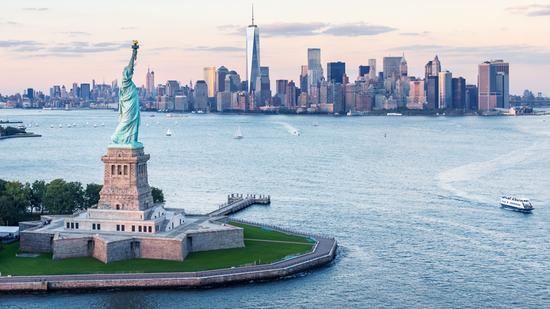

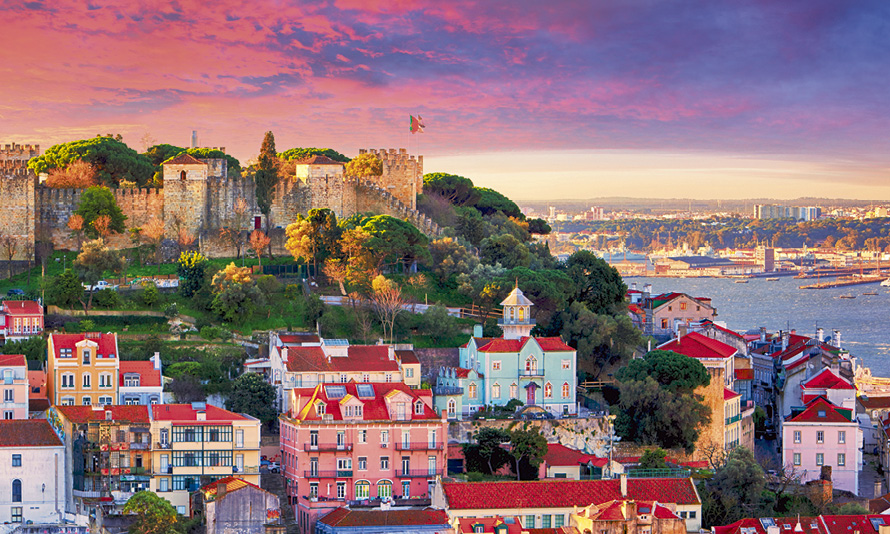





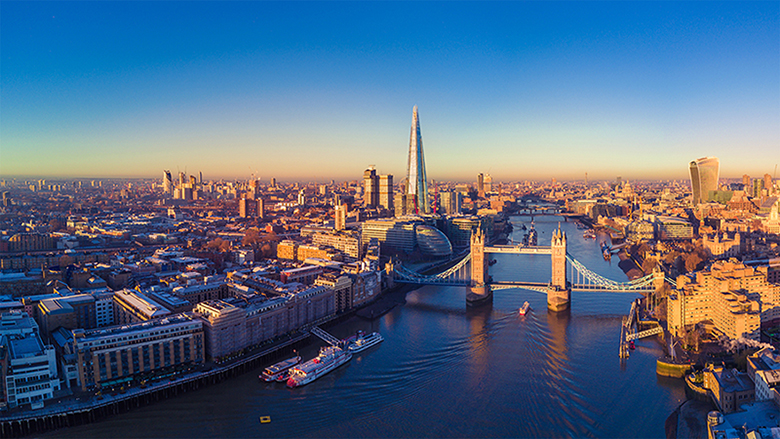



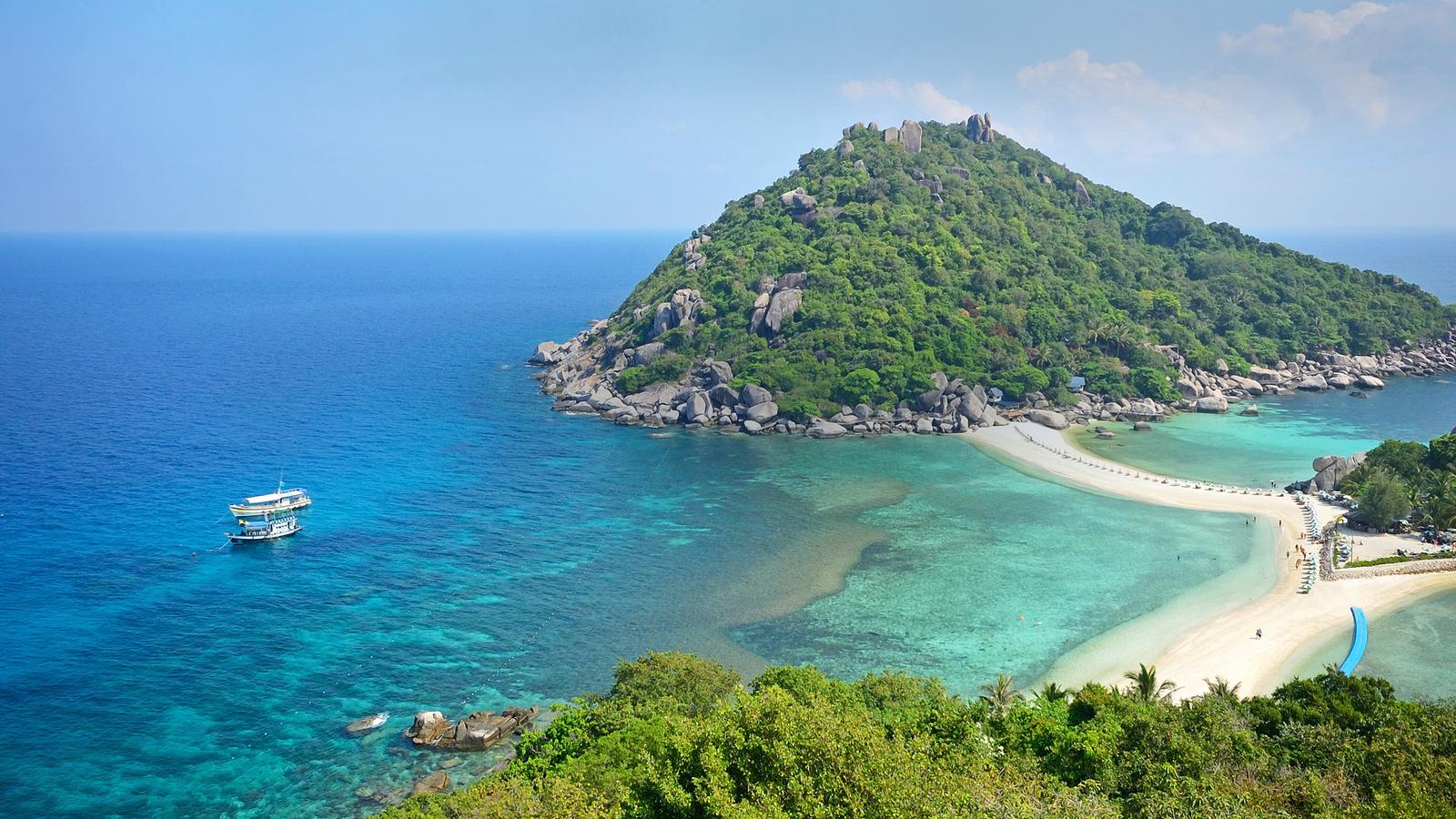
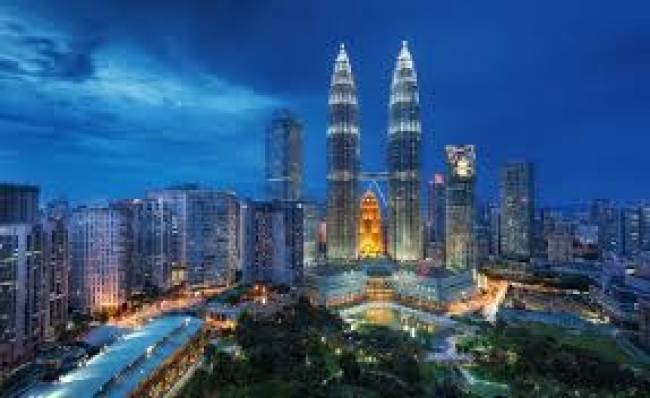



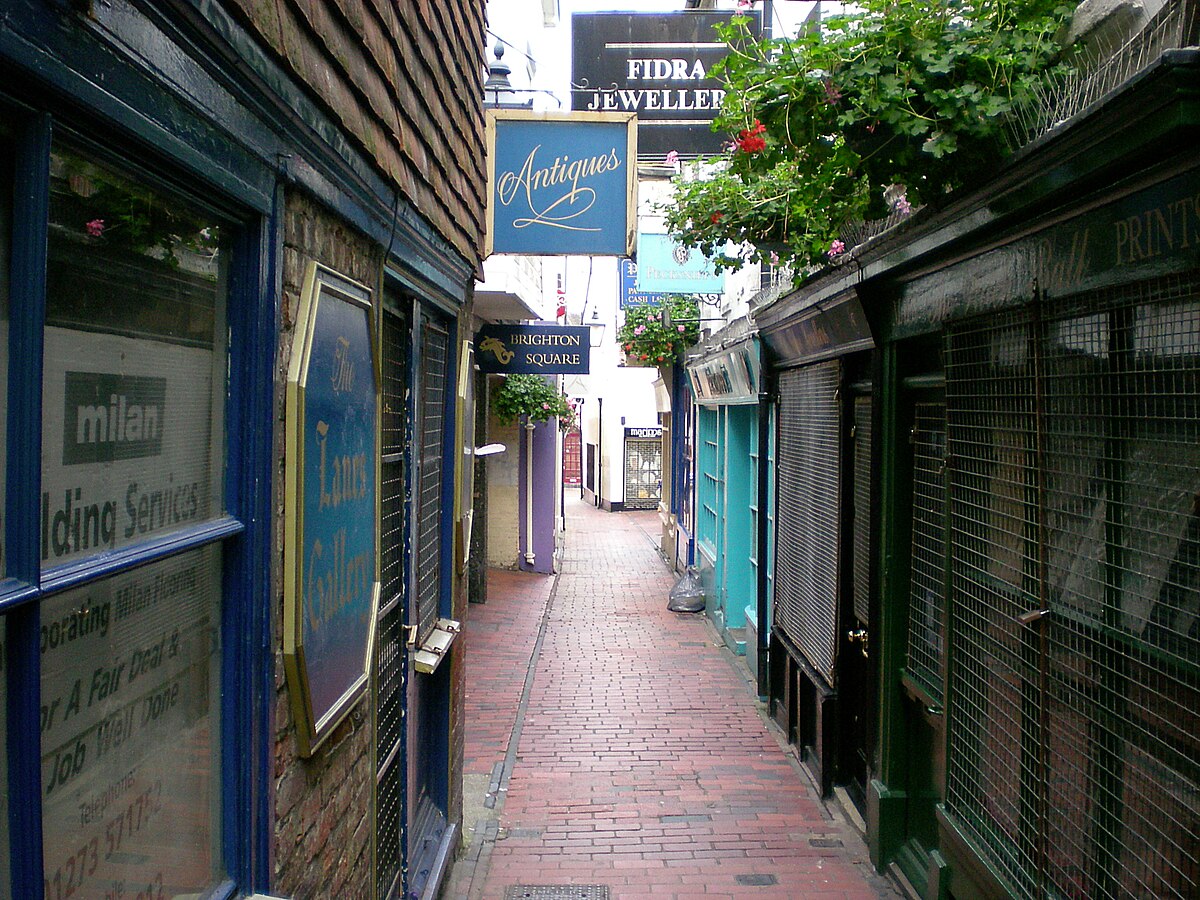
Comentarios
Publicar un comentario